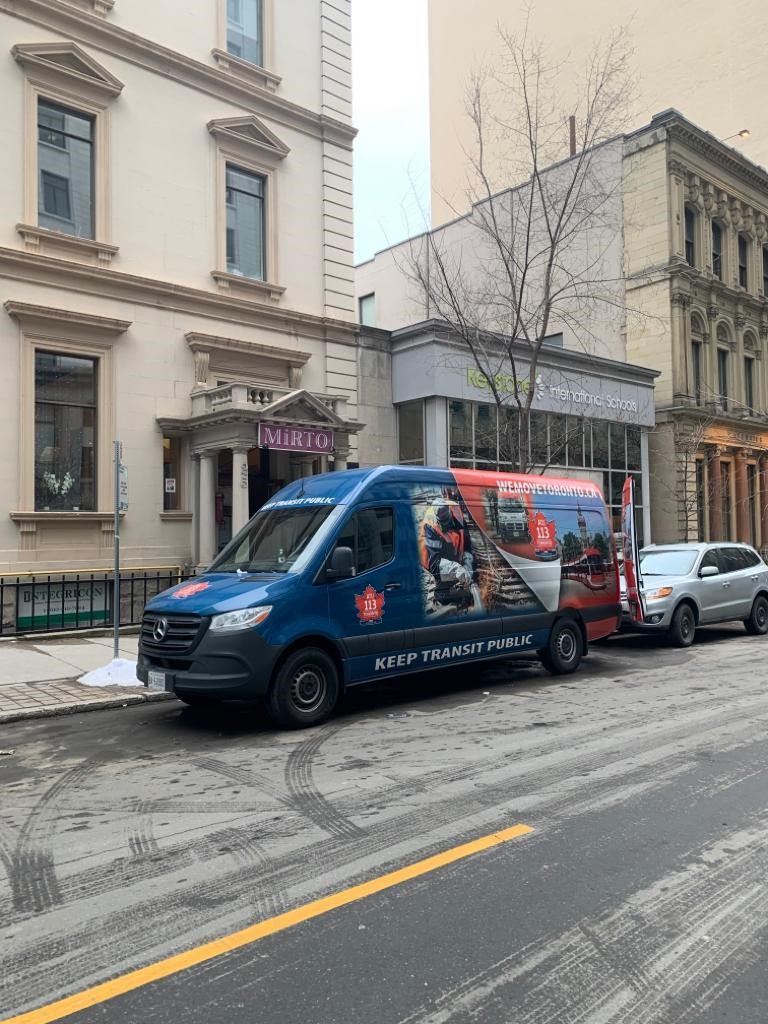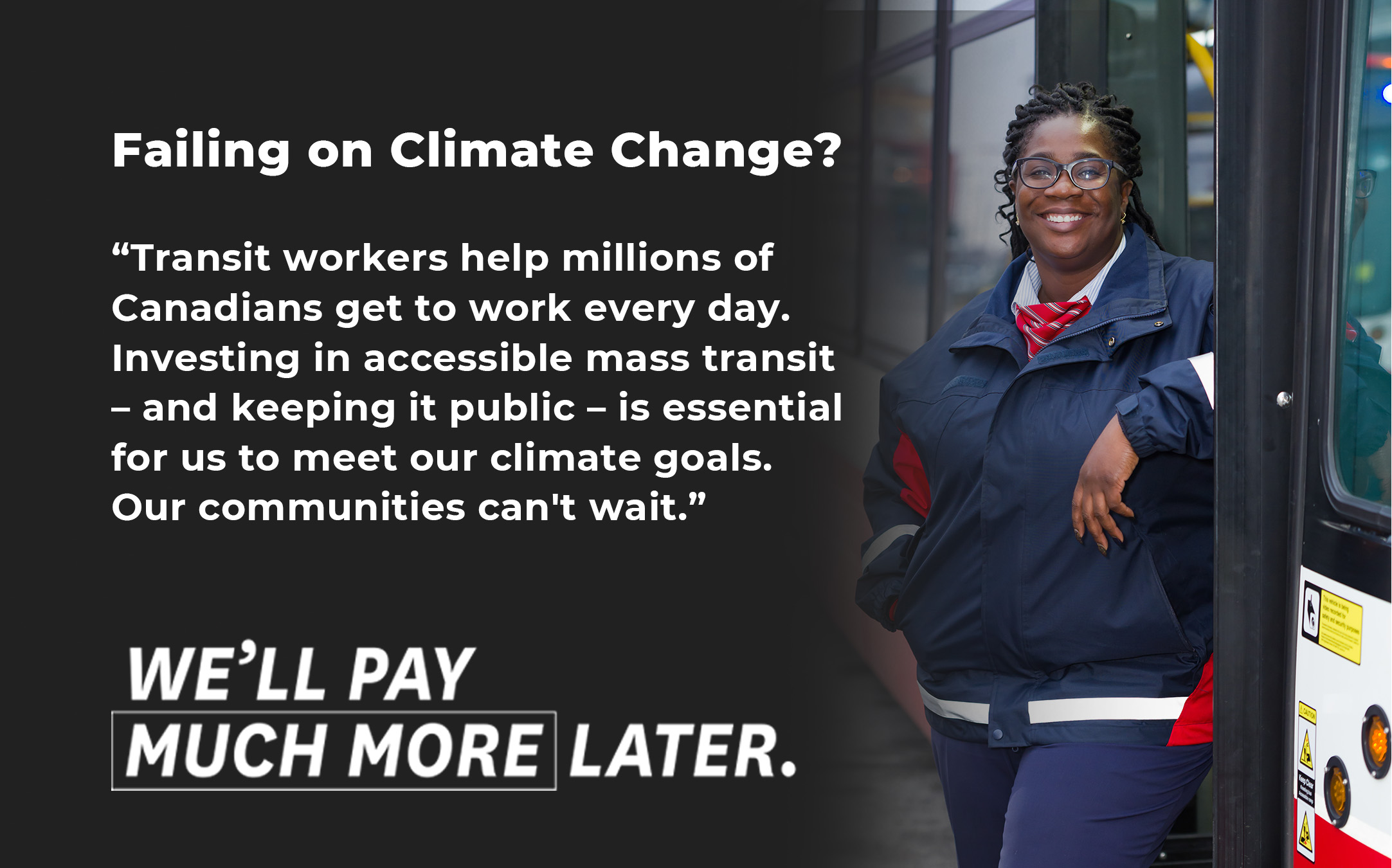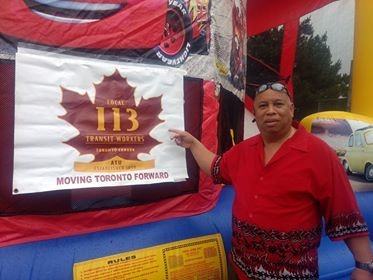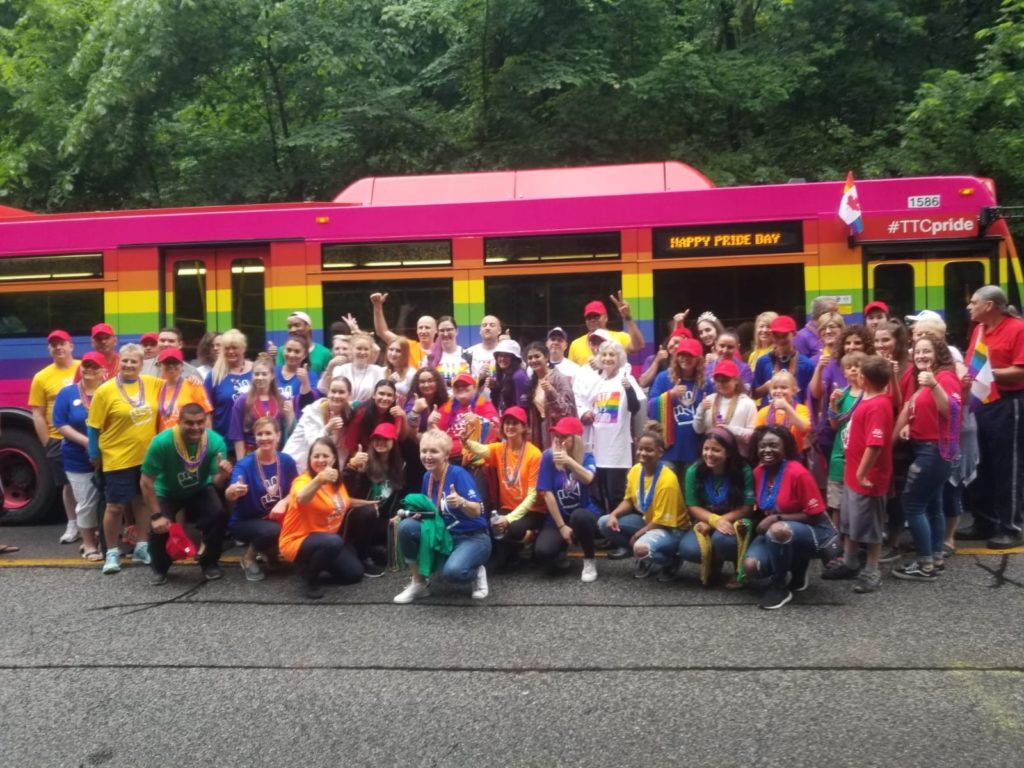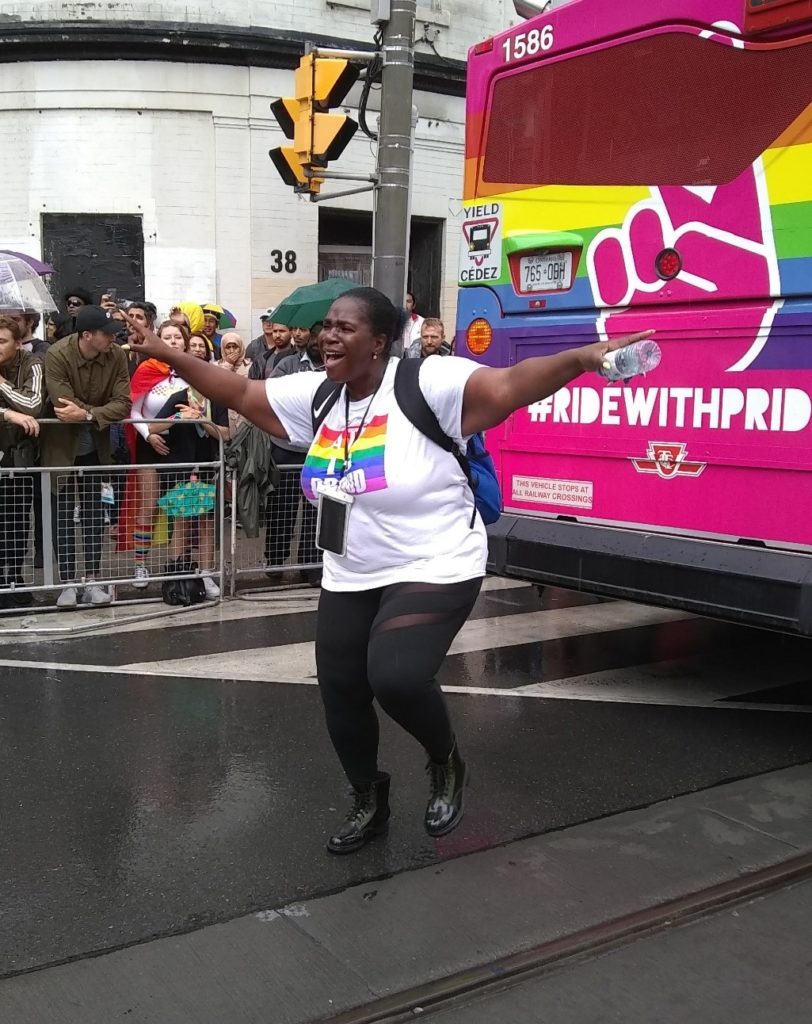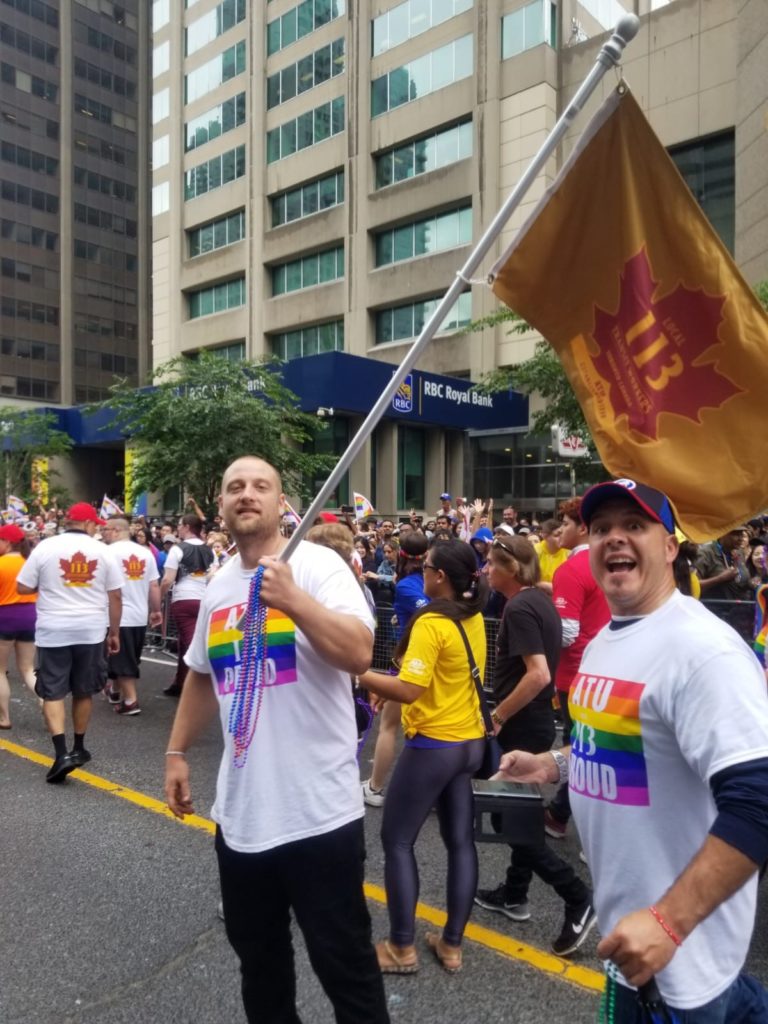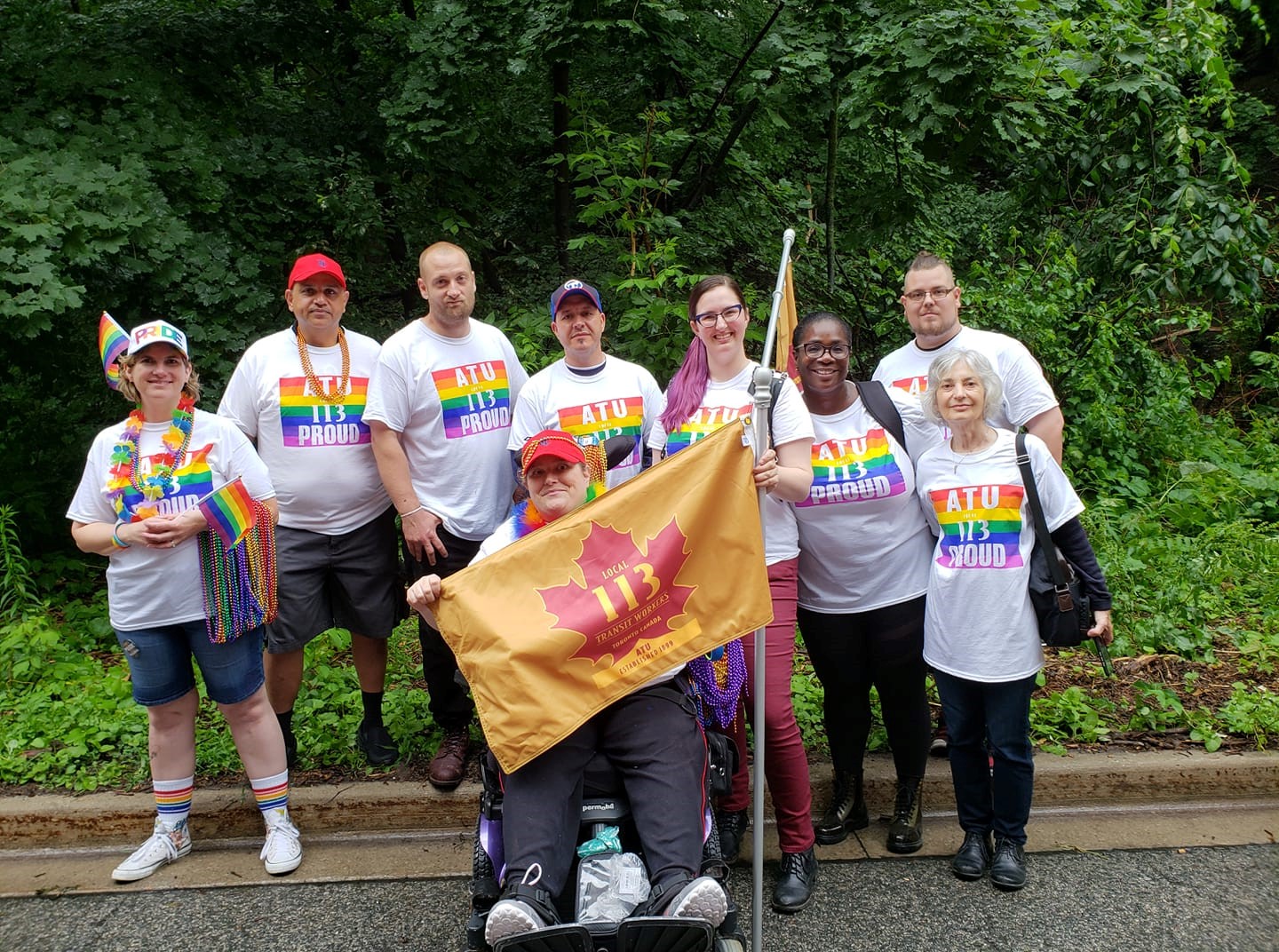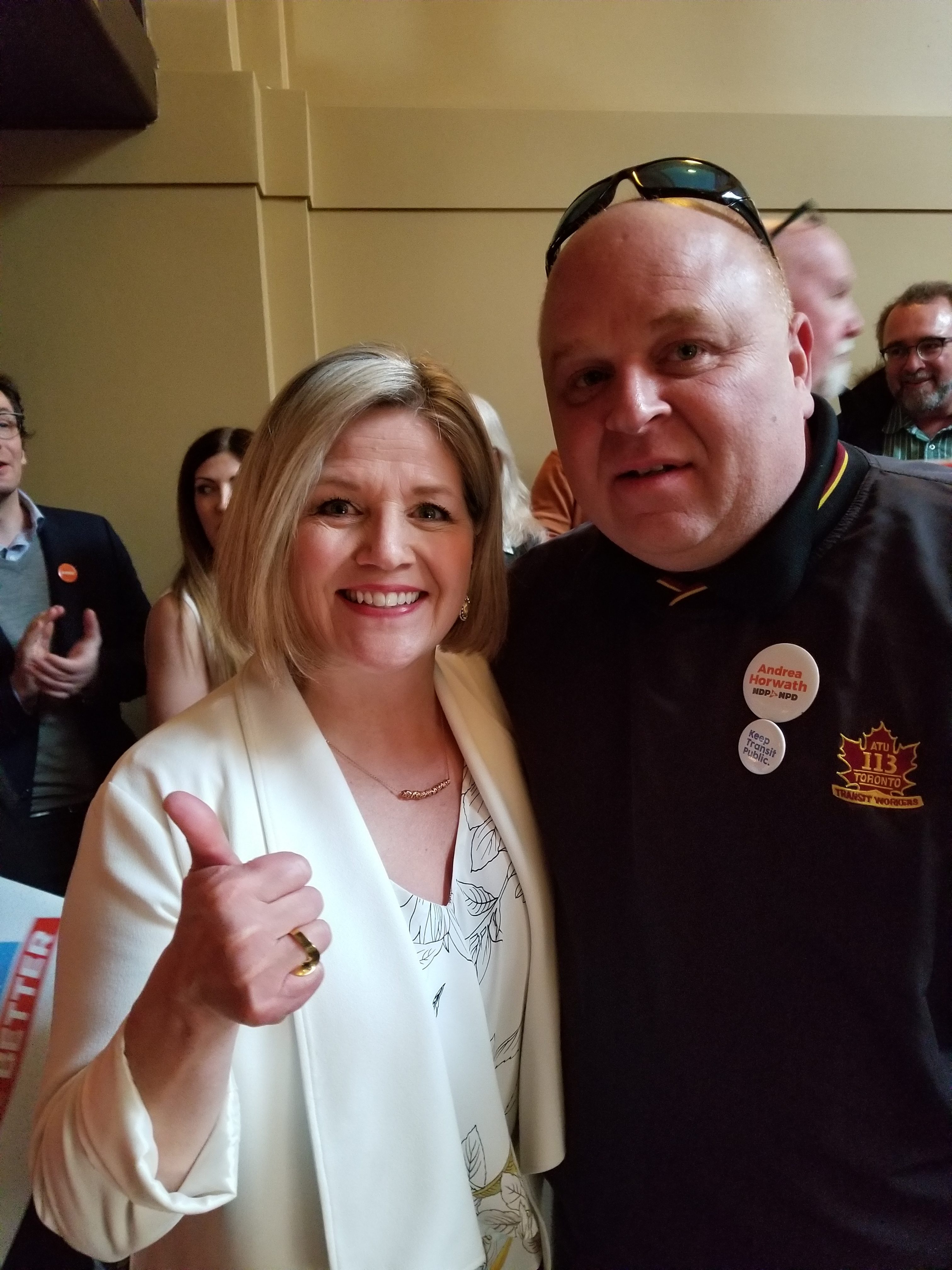ATU Local 113 is encouraging Torontonians to watch this informative video from a few years ago about the important work streetcar maintenance workers do to keep our city moving.
Toronto developed its foundation on a strong streetcar network. The red TTC streetcar is an icon of the city and it would not have run for over four decades if it were not for the skilled members of ATU Local 113’s maintenance team.
As member Al Demelo points out in the video, private contractors do whatever they can to make more money. When the TTC’s Hillcrest Complex uses private contractors for the maintenance of certain parts, they never meet ATU Local 113’s high standards of quality. Quality and public safety are always the utmost priorities for our members. “We can’t compromise safety for profit,” said ATU Local 113 member Rovel Dunn.
Several years later from when it was produced, the video is yet another reminder on how important it is to ensure all future transit projects are operated and maintained by a unified TTC workforce that has been trusted and qualified to do maintenance work safely for over 100 years.
Many thanks to all of ATU Local 113’s maintenance members for the crucial work you do to keep public transit running safely!


